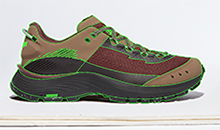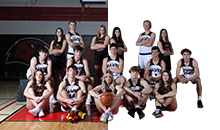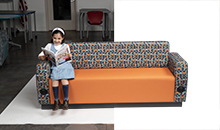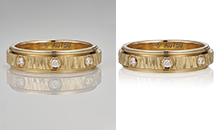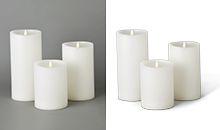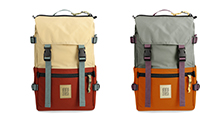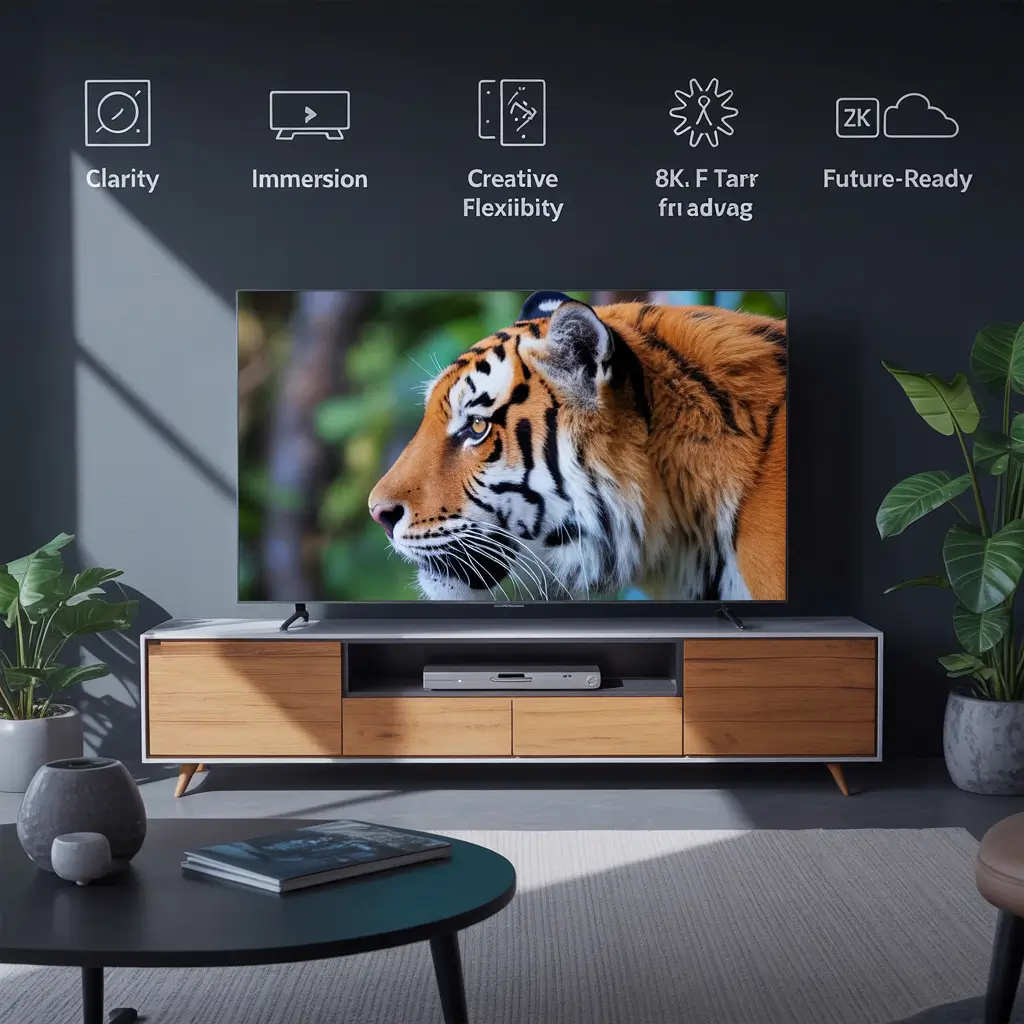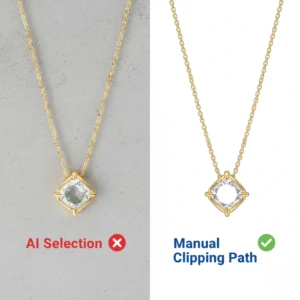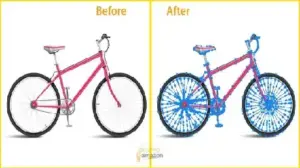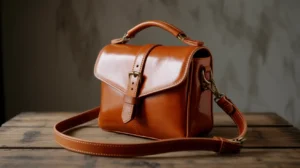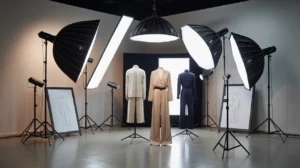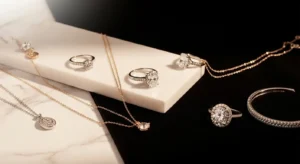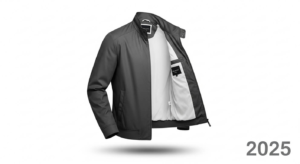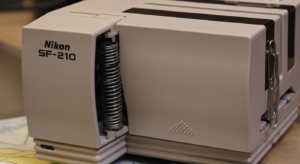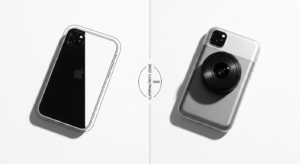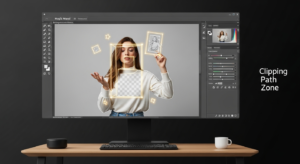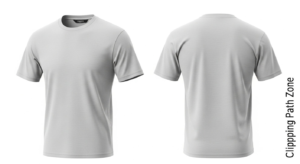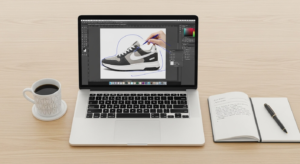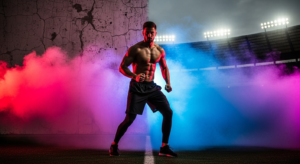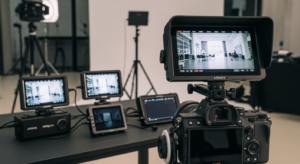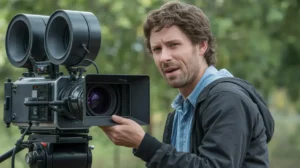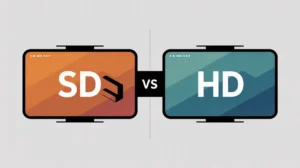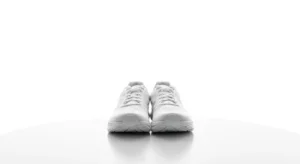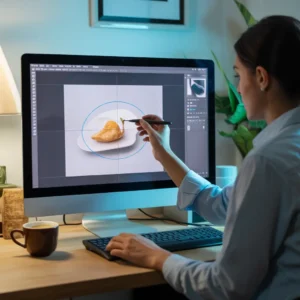Introduction
Concerts are magical. The flashing lights, the raw energy of the crowd, and the performers giving their all every second begs to be captured. But here’s the challenge: concerts are often dark, fast, and unpredictable. That’s where the mirrorless camera for concert photography steps in as a game-changer.
As someone who has photographed live shows and helped artists tell their stories visually, I can tell you this: choosing the right camera isn’t just about megapixels—it’s about speed, low-light performance, and reliability when the spotlight hits. In this guide, we’ll break down everything you need to know, from the best mirrorless cameras in 2025 to hands-on tips and even budget-friendly options.
And yes, at Clipping Path Zone, we not only help you capture amazing shots but also perfect them with professional editing—because every pixel matters when you’re showcasing music’s raw energy.
Table of Contents
| Sr# | Headings |
| 1 | Understanding Concert Photography Challenges |
| 2 | Why Mirrorless Cameras Are the Best Choice |
| 3 | Mirrorless vs DSLR for Concert Photography |
| 4 | Key Features to Look For in a Concert Camera |
| 5 | Top 8 Mirrorless Cameras for Concert Photography in 2025 |
| 6 | Sony vs Canon vs Nikon: The Big Debate |
| 7 | Best Budget Mirrorless Cameras for Beginners |
| 8 | Essential Lenses for Concert Photography |
| 9 | APS-C vs Full-Frame Mirrorless Cameras |
| 10 | Must-Have Accessories for Concert Photography |
| 11 | Camera Setup Guide: Shooting Concerts Like a Pro |
| 12 | Post-Processing: Turning Good Photos Into Great Ones |
| 13 | Real Customer Reviews on Concert Photography Gear |
| 14 | Mistakes to Avoid as a Concert Photographer |
| 15 | Final Thoughts and Recommendations |
Understanding Concert Photography Challenges
Concerts mix low light, flashing strobes, and fast movement—a nightmare for average cameras. To freeze a guitarist mid-jump or capture the emotion in a singer’s face, your camera must handle high ISO, fast shutter speeds, and precise autofocus.
Short Answer: Concert photography is difficult because of poor lighting, fast action, and restricted shooting rules.
Why Mirrorless Cameras Are the Best Choice
Mirrorless cameras are lighter, faster, and better at handling low light. Unlike DSLRs, they use electronic viewfinders (EVF), letting you see real-time exposure changes—critical in unpredictable concert lighting.
Short Answer: Mirrorless cameras are the best choice for concerts due to their speed, low-light performance, and real-time exposure preview.
Mirrorless vs DSLR for Concert Photography
| Feature | Mirrorless | DSLR |
| Weight | Lighter | Heavier |
| Autofocus | Faster in low light | Slower in low light |
| Silent Shooting | Yes | Rare |
| Preview | Real-time via EVF | Optical only |
| Portability | Easy to carry | Bulky |
Short Answer: DSLRs still work, but mirrorless offers speed, silence, and better low-light handling.
Key Features to Look For in a Concert Camera
- Autofocus Speed – To lock on performers in dim light.
- Low-Light Performance – High ISO with low noise.
- In-Body Image Stabilization (IBIS) – Reduces shake when shooting handheld.
- Silent Shutter – Keeps you discreet.
- Fast Burst Rate – For capturing quick stage action.
Short Answer: The best concert cameras combine fast autofocus, strong low-light ability, and stabilization.
Top 8 Mirrorless Cameras for Concert Photography in 2025
| Camera | Sensor | Best For | Price Range |
| Sony A7 IV | Full-Frame | All-rounder | $$$ |
| Canon EOS R6 Mark II | Full-Frame | Low-light beast | $$$ |
| Nikon Z6 II | Full-Frame | Balanced performance | $$ |
| Sony A9 III | Full-Frame | Action shots | $$$$ |
| Fujifilm X-T30 II | APS-C | Beginners | $ |
| Sony A7S III | Full-Frame | Extreme low-light | $$$$ |
| Nikon Z8 | Full-Frame | Pro-level concerts | $$$$ |
| Canon EOS R10 | APS-C | Budget starter | $ |
Short Answer: The best mirrorless camera depends on your budget—Sony A7 IV for versatility, Canon R6 II for low light, Nikon Z8 for pros.
Sony vs Canon vs Nikon: The Big Debate
- Sony – Best autofocus, great low-light (A7 series).
- Canon – Natural color science, excellent IBIS (R6).
- Nikon – Robust build, sharp Z lenses (Z6 II, Z8).
Short Answer: Sony leads in speed, Canon excels in colors, Nikon offers balance and durability.
Best Budget Mirrorless Cameras for Beginners
| Model | Why It’s Good | Price |
| Fujifilm X-T30 II | Affordable, great colors | $899 |
| Canon EOS R10 | Lightweight starter | $999 |
| Sony A6400 | Reliable autofocus | $999 |
Short Answer: For beginners, the Fujifilm X-T30 II and Canon R10 give professional results without breaking the bank.
Essential Lenses for Concert Photography
- Fast Prime Lenses (f/1.4, f/1.8) – Great for portraits and low light.
- Zoom Lenses (24-70mm f/2.8) – Versatile for stage coverage.
- Telephoto Lenses (70-200mm f/2.8) – Perfect for close-ups.
Short Answer: A fast prime plus a zoom lens combo covers most concert needs.
APS-C vs Full-Frame Mirrorless Cameras
- APS-C: Affordable, smaller, great for hobbyists.
- Full-Frame: Better low-light performance, pro-level quality.
Short Answer: Full-frame is ideal for concerts, but APS-C is a good budget option.
Must-Have Accessories for Concert Photography
- Extra batteries (concerts drain power fast).
- Dual memory cards.
- Lightweight monopod.
- Ear protection (yes, for yourself).
Short Answer: A mirrorless camera with the right accessories ensures you never miss a moment.
Camera Setup Guide: Shooting Concerts Like a Pro
- Shutter Speed: 1/250 or faster.
- Aperture: f/2.8 or wider.
- ISO: Start at 1600, push higher as needed.
- White Balance: Auto or custom depending on stage lighting.
- Drive Mode: Continuous burst.
Short Answer: Use fast shutter speeds, wide aperture, and high ISO to freeze the action in concerts.
Post-Processing: Turning Good Photos Into Great Ones
Even the best camera can’t fight harsh concert lighting. Editing is crucial. At Clipping Path Zone, we help photographers refine shots with noise reduction, color correction, and background fixes. Our team also specializes in photo retouching services and advanced clipping path services to ensure every detail looks sharp and professional.
Short Answer: Post-processing is where raw concert photos become professional masterpieces.
Real Customer Reviews on Concert Photography Gear
📸 “I upgraded from DSLR to the Canon R6, and the difference in low-light is night and day. The silent shutter saved me during acoustic sets.” – Sarah, Hobbyist
📸 “The Sony A7 IV’s autofocus tracked the drummer even under red lights. Worth every dollar.” – David, Semi-Pro Photographer
📸 “I shoot with a Nikon Z6 II. It’s reliable, durable, and the Z lenses are razor-sharp. My best investment yet.” – Lena, Pro Photographer
Mistakes to Avoid as a Concert Photographer
- Relying only on auto mode.
- Forgetting spare batteries.
- Ignoring the 3-song rule (venues allow shooting only for the first 3 songs).
- Using slow kit lenses.
Short Answer: Avoid auto mode, always carry spares, and learn venue rules before shooting.
Final Thoughts and Recommendations
Concert photography is both art and challenge. The right mirrorless camera for concert photography helps you balance speed, low-light performance, and creativity. Whether you’re just starting with a Fujifilm X-T30 or going pro with a Nikon Z8, remember—gear gets you halfway, but your passion captures the story.
At Clipping Path Zone, we believe in making your concert shots shine even brighter through expert editing. From ghost mannequin services for apparel brands to jewelry retouching services and multiple clipping path service for complex product photos, our expert editors transform images into perfection.
Capture the magic, and let us refine it.
FAQs
01. What is the best mirrorless camera for concert photography in 2025?
The Sony A7 IV is the best all-rounder, while the Canon EOS R6 Mark II excels in low-light.
02. Why is IBIS important in concert photography?
IBIS (In-Body Image Stabilization) reduces camera shake, especially in handheld shooting with long lenses.
03. Can beginners use budget mirrorless cameras for concerts?
Yes. Fujifilm X-T30 II or Canon R10 offer professional results at a lower price.
04. What lenses should I use for concert photography?
A fast prime (50mm f/1.8) and a versatile zoom (24-70mm f/2.8) are ideal.
05. Should I shoot in RAW or JPEG at concerts?
RAW is recommended as it gives more flexibility in editing under tricky lighting.

